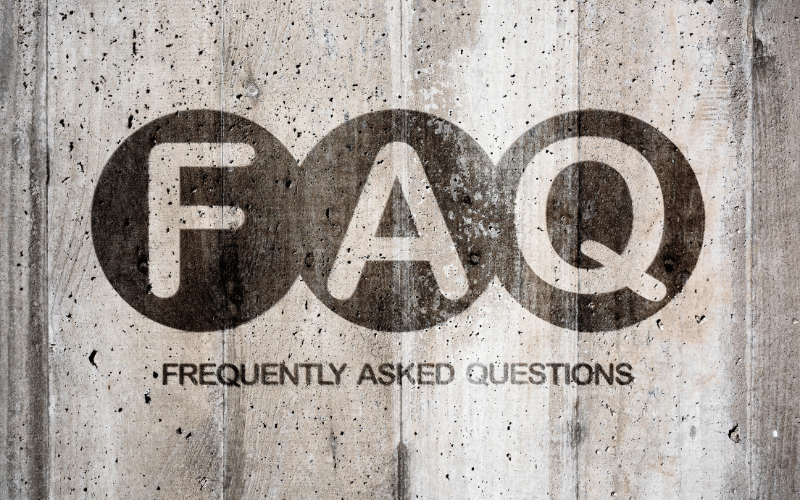Frequently Asked Questions about Ankyloglossia

1. What exactly is ankyloglossia?
Ankyloglossia, commonly referred to as “tongue-tie,” is a congenital condition where a short, tight band of tissue (frenulum) tethers the bottom of the tongue’s tip to the floor of the mouth, restricting its movement.
2. How can I identify if my child has a tongue tie?
While a medical examination is crucial for a definitive diagnosis, some common signs include difficulties in breastfeeding for infants, speech impediments in older children, and visibly noticeable ties or restrictions in tongue movement.
3. Are all tongue ties the same?
No, there are different types of tongue ties. They’re categorized into four primary types based on their location and severity: Type I (Anterior Tongue Tie), Type II (Submucosal Tongue Tie), Type III (Posterior Tongue Tie), and Type IV (Sublingual Tongue Tie).
4. How are tongue ties treated?
Treatment often involves a surgical procedure known as a frenotomy or frenuloplasty, where the restrictive tissue is cut or altered. Post-procedure care might involve exercises, speech therapy, or other treatments depending on the tie’s type and severity.
5. Are there any long-term health implications associated with tongue ties?
If unaddressed, tongue ties can lead to various challenges, including speech difficulties, oral hygiene problems, digestive issues, and even posture-related concerns. However, with timely intervention and appropriate care, many of these challenges can be mitigated or resolved.
Conclusion: Piecing Together the Ankyloglossia Puzzle
Ankyloglossia, with its myriad forms and nuanced implications, unveils the intricate choreography of the human body. Whether it’s the overt challenges posed by an anterior tie or the concealed constraints of the sublingual variant, the ripple effects of this condition are far-reaching. From the very act of breastfeeding an infant to the complexities of adult speech, a tongue tie can shape, and sometimes disrupt, life’s most fundamental experiences. Yet, it’s not just about the tongue’s tethering; it’s a testament to how seemingly small anomalies can cast long shadows, influencing myriad bodily functions and overall health.
As we navigate the labyrinth of tongue ties, what emerges is a broader narrative on holistic healthcare. The journey from recognizing a tongue tie to its treatment underscores the need for expertise, patience, and comprehensive care. Every individual, every tie, carries a unique story, but they all echo the same sentiment: the importance of early diagnosis and intervention. In the end, ankyloglossia is more than just a medical condition; it’s a lesson in understanding, empathy, and the interconnected tapestry of human well-being.